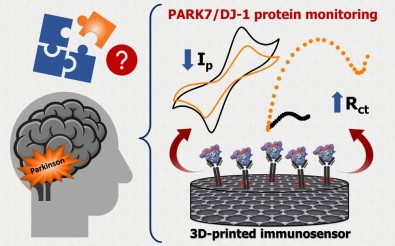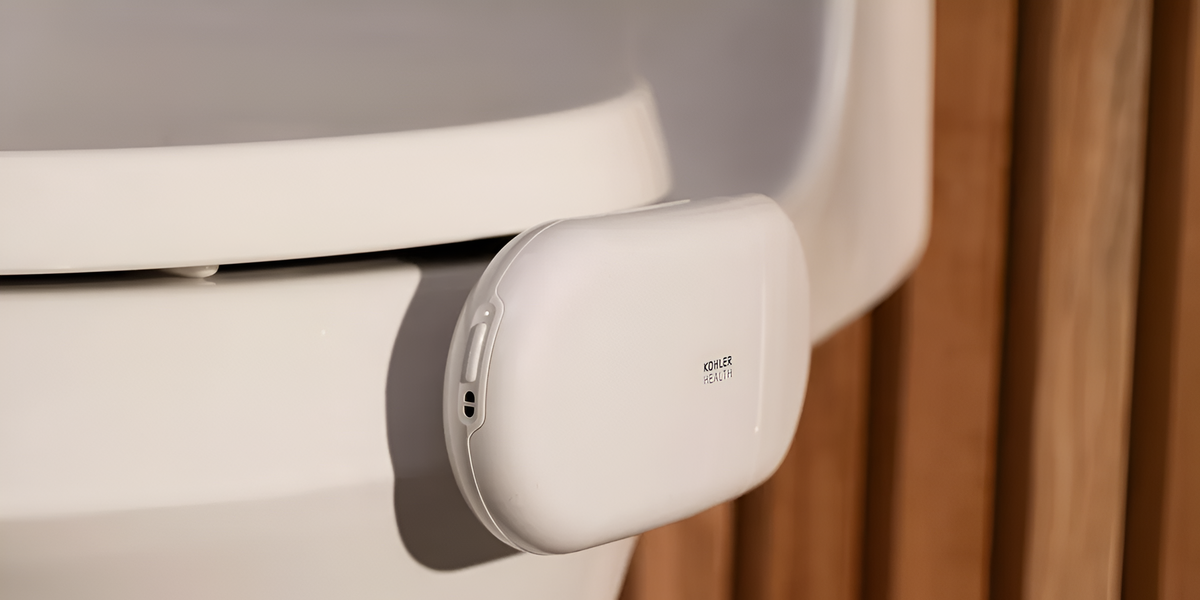Researchers from the Federal University of São Calos (UFSCar) and Campinas State University (Unicamp) have developed a low-cost sensor that identifies a protein linked to the development of Parkinson’s disease. The study was published in the journal Sensors and Actuators B: Chemical.
Parkinson’s disease is a neurodegenerative disease that affects movement, causing uncontrollable tremors, stiffness, instability, and speech problems due to the loss of cells in the substantia nigra, which is responsible for the production of the neurotransmitter dopamine.
Diagnosis is usually late, when the disease is already well established and symptoms begin to disrupt the activities of affected people.
But with the development of researchers from Unicamp and UFSCar, that scenario may change.
Scientists have developed an electrochemical sensor fabricated on a 3D printer with a biodegradable PLA filament (polylactic acid) along with graphene and other conductive elements.
When blood plasma and cerebrospinal fluid samples are brought into contact with the sensor, it quickly identifies amounts of the PARK7/DJ-1 protein.
According to the researchers, when this protein presents values below 40 micrograms per liter, signs of developing the disease appear.
The sensor is very sensitive and has the ability to identify the physiological symptoms of the disease at any stage.

The low production cost, sensitivity and accuracy of the test are the differences that can bring many benefits.
There is still no cure for Parkinson’s disease, but there is a treatment that slows the neurodegenerative progression, so early detection is essential to provide appropriate care.
According to the team, this electrochemical sensor model could also be used to detect other diseases. Currently, testing is currently ongoing to diagnose Yellow Fever.
Source: Tec Mundo
I’m Blaine Morgan, an experienced journalist and writer with over 8 years of experience in the tech industry. My expertise lies in writing about technology news and trends, covering everything from cutting-edge gadgets to emerging software developments. I’ve written for several leading publications including Gadget Onus where I am an author.













